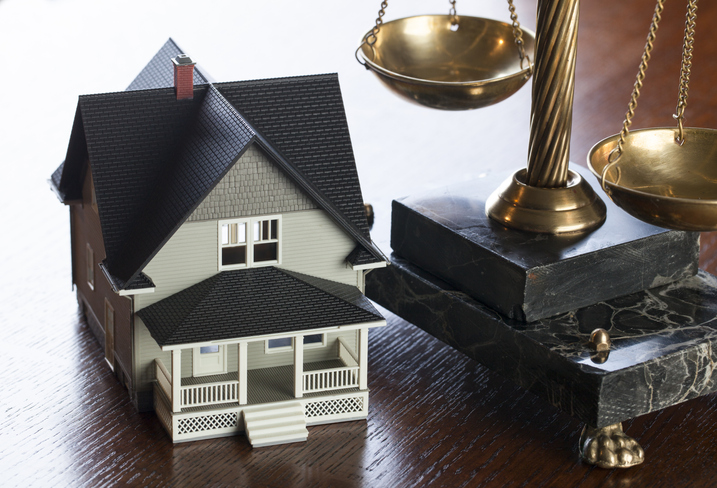Many experts watching the residential real estate market likely breathed a sigh of relief when foreclosure filings in July 2023 were 9% lower than they were a month ago. In fact, ATTOM CEO Rob Barber hailed the news as a “sign of a rebounding housing market”. He noted that the recent rise in home prices is putting “more financial resources in the hands of homeowners, providing more options to avoid foreclosure”. The market is by no means out of the woods. There were 5% more foreclosure filings in July 2023 than there were in July 2022. What’s more, the foreclosure filing and repossession rates are still rising across many metropolitan areas in the United States.
ATTOM’s most recent report shows that the foreclosure rate is currently the highest in Cleveland-Elyria, Ohio; Atlantic City-Hammonton, New Jersey; and Fayetteville, North Carolina. In the first two areas listed, foreclosure rates are on the decline. In Cleveland-Elyria, for instance, the foreclosure rate is more than 17% lower than it was at this time last year. This is a clear sign that the local market is stabilizing. Other metropolitan areas with a high foreclosure rate that is showing signs of stabilization include Jacksonville, North Carolina; South Bend-Mishawaka, Indiana-Michigan; and Trenton, New Jersey.
Foreclosure rates have risen by a whopping 92.4% in Baltimore-Columbia-Towson, MD. The area comes in eighteenth place for highest foreclosure rate for metropolitan area in the United States but will likely rank higher in the near future. Maryland’s average home price is almost $100,000 higher than the national average, and rising home values can increase the foreclosure rate by contributing to a rise in state property taxes. Homeowners aren’t the only ones suffering. Experts also predict a wave of commercial foreclosures in Maryland as the work from home and hybrid work models remain popular.
Several metropolitan areas in Florida and California also have an unusually high foreclosure rate and are seeing a year-on-year increase in this rate. Lakeland-Winter Haven, Florida, has the fifth-highest foreclosure rate in the United States and the rate is over 4% higher than it was last year. Jacksonville, Florida, which has the seventh-highest foreclosure rate, has seen an almost 10% increase from last year. The Pensacola-Ferry Pass-Brent area stands out with a whopping 34.3% increase in foreclosures. California’s Vallejo-Fairfield metropolitan area has seen a 21.2% jump in foreclosures while Riverside-San Bernardino-Ontario has seen a 12.5% rise. Bakersfield, California, has a higher foreclosure rate than either of the municipalities listed above, yet its foreclosure rate has fallen by almost 5%. It’s worth noting that, in California’s case, the market is likely taking longer to adjust as the Golden State didn’t lift its mortgage foreclosure moratorium until the end of September 2021. Florida, on the other hand, lifted its moratorium at the end of September 2020 and the state’s market has had longer to normalize. One point these two states have in common with each other is that home values rose exponentially during the COVID-19 pandemic.
Inflation and widespread layoffs are putting pressure on the United States residential real estate market; this pressure isn’t felt in equal measure throughout the nation. While some states and municipalities have a low or decreasing foreclosure rate, the rate is rising in other areas, in some cases by double digits. It’s impossible to know for certain what the future will hold, but there are some clues real estate investors can watch out for. A decrease in home sales in a particular area often leads to a decreased foreclosure rate, as there are fewer homeowners who may become delinquent. It’s wise to look at the rate at which home values are rising or falling in a state, as a drastic increase in home values can push up the foreclosure rate. Employment should also be taken into account, as mass layoffs in a particular state can preclude a rise in foreclosure rates as many homeowners are stretched thin and don’t have savings on hand to weather even a temporary loss of work. The worst may be over and many local real estate markets may be normalizing, but it’s wise to do careful, continual research to protect current and future investments.
Have questions?
If you or someone you know has questions about the current foreclosure climate, we’d be happy to answer your questions:
(818) 591-9237

